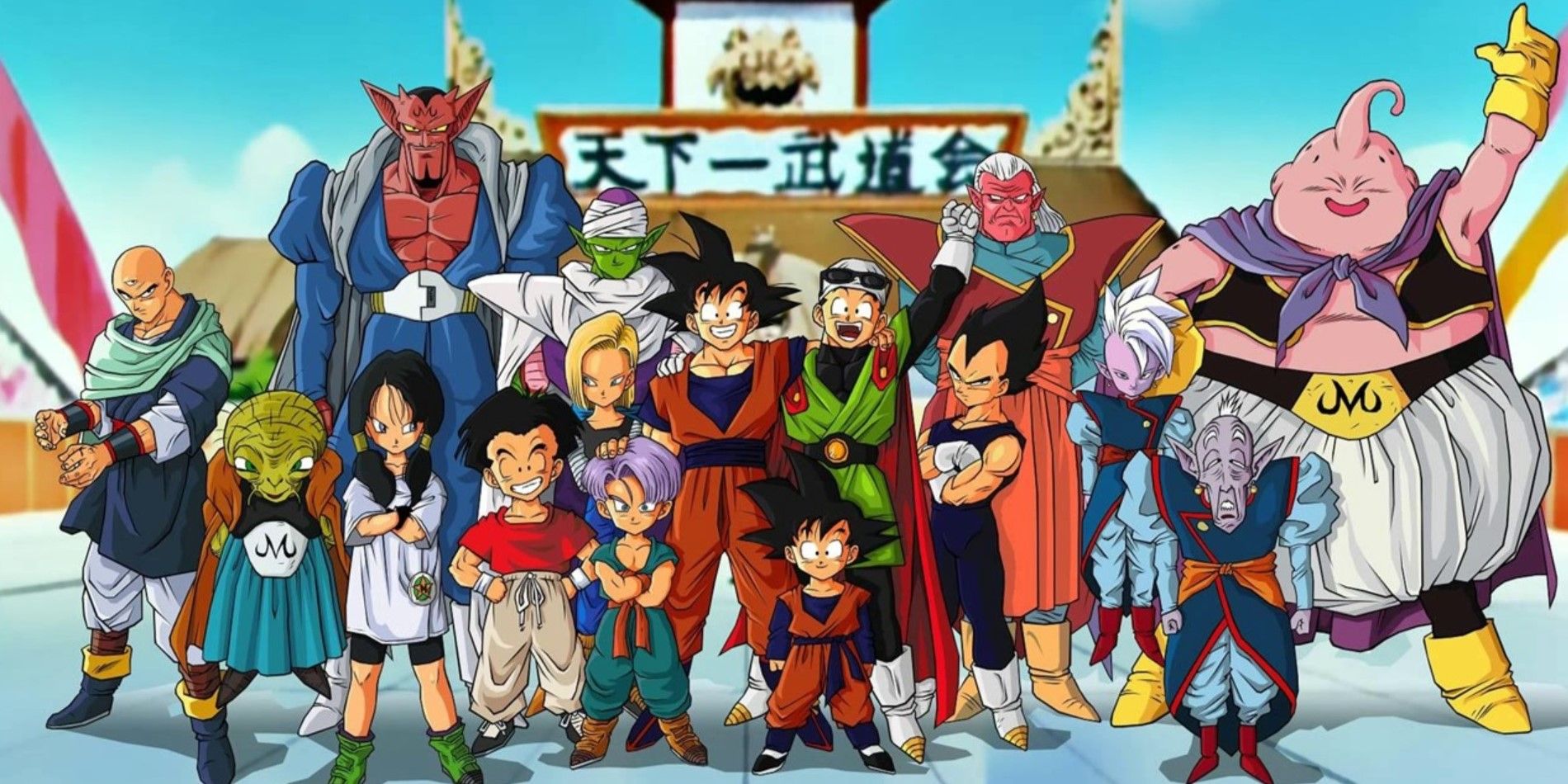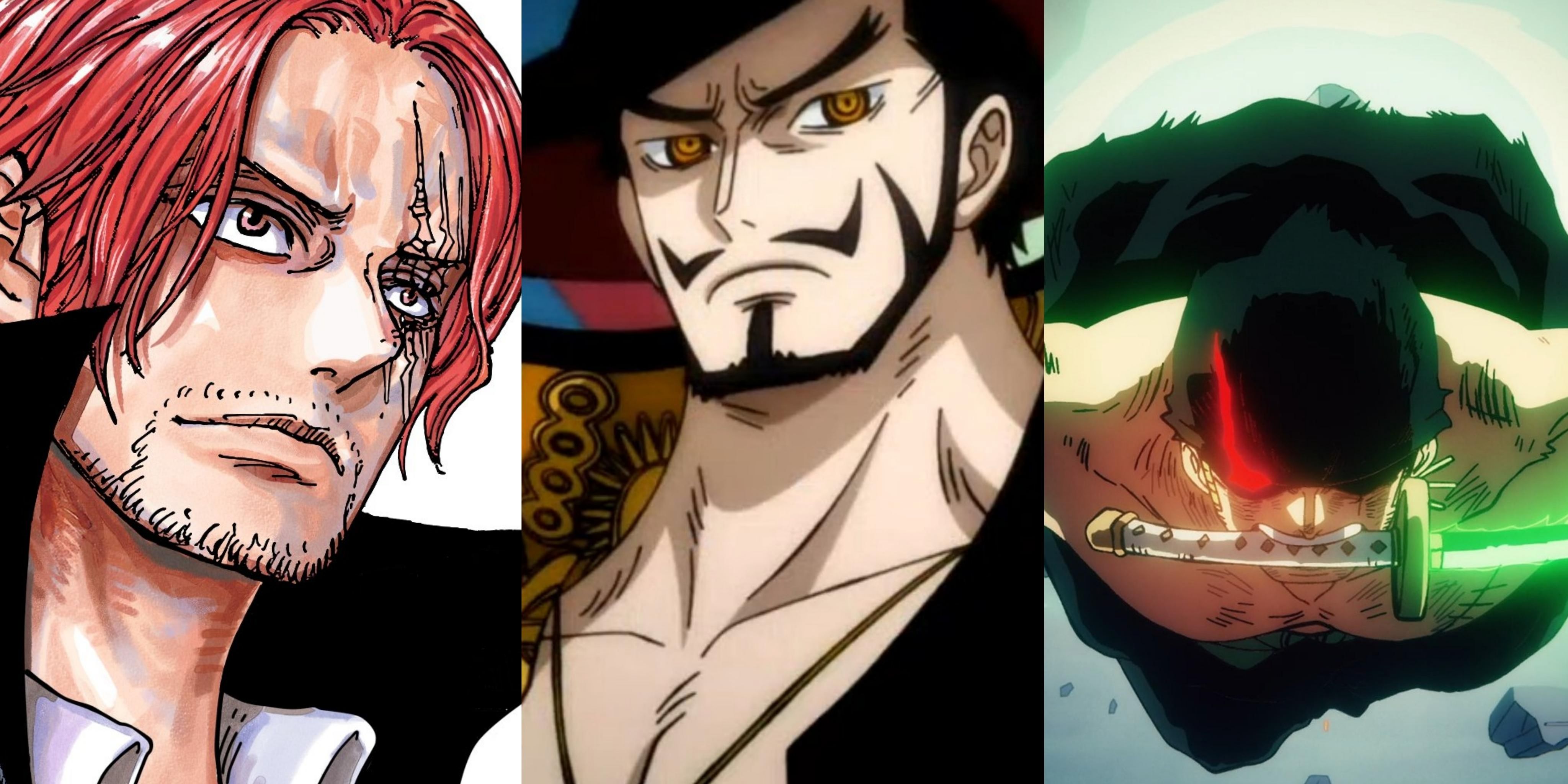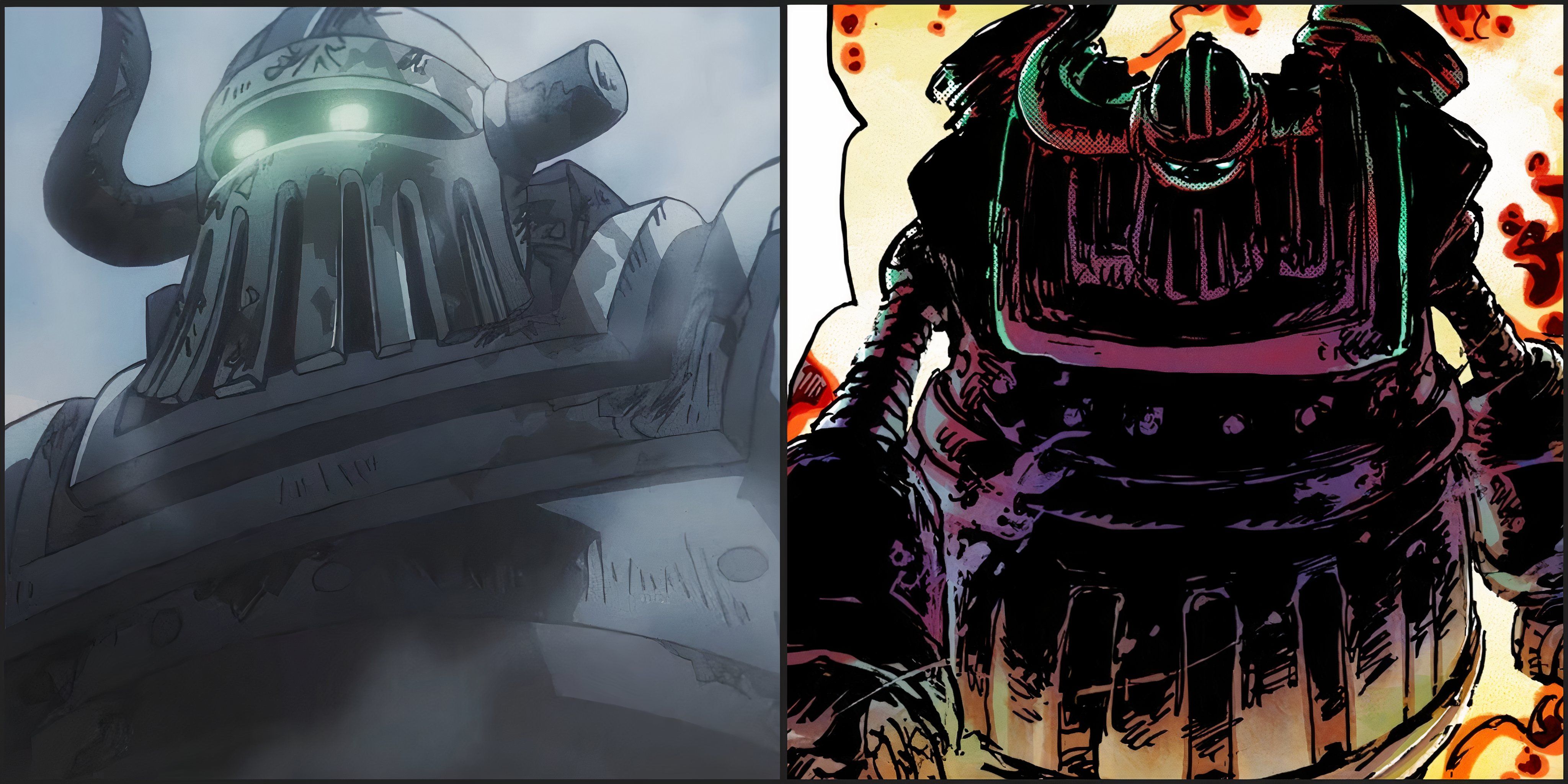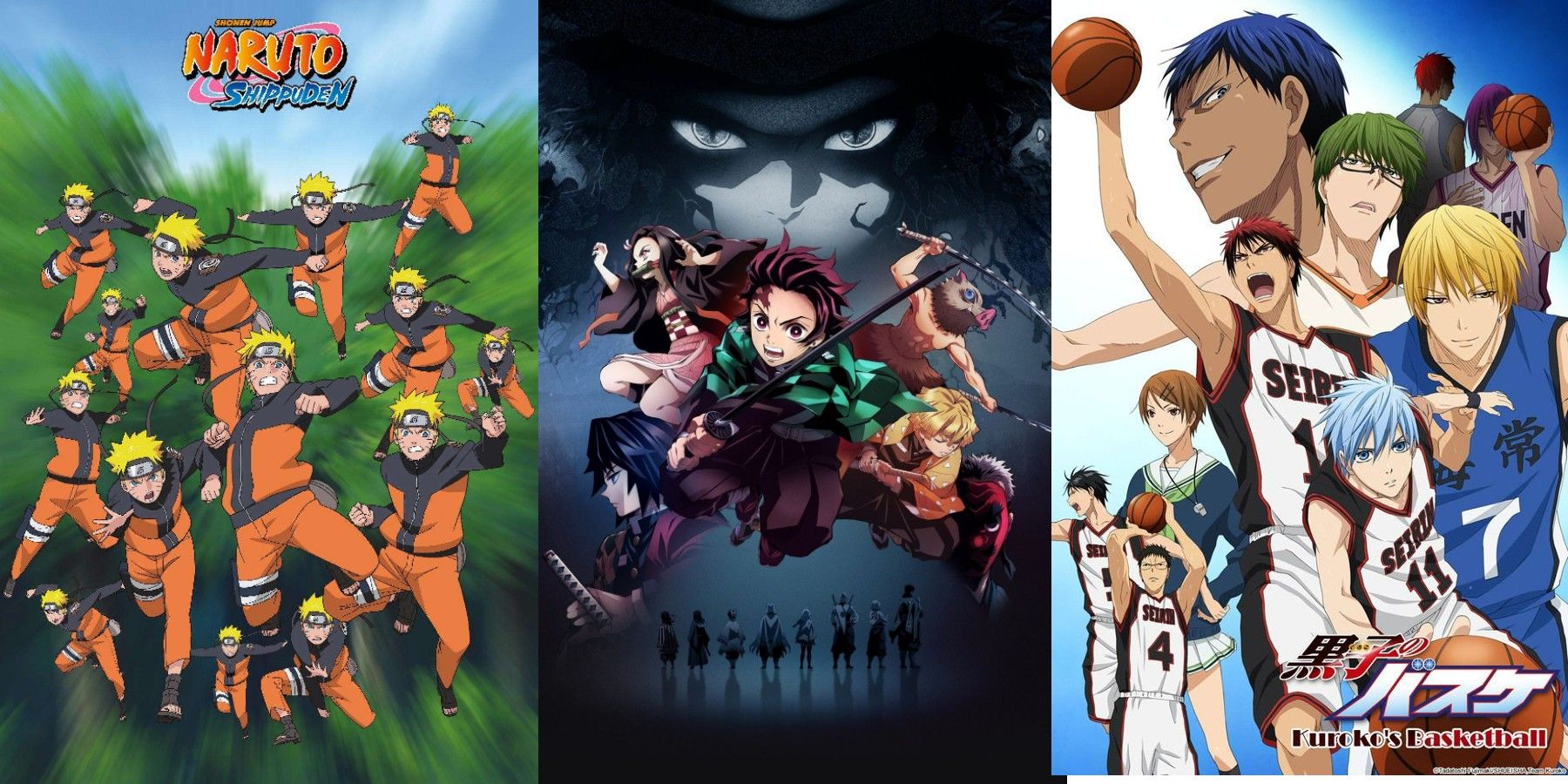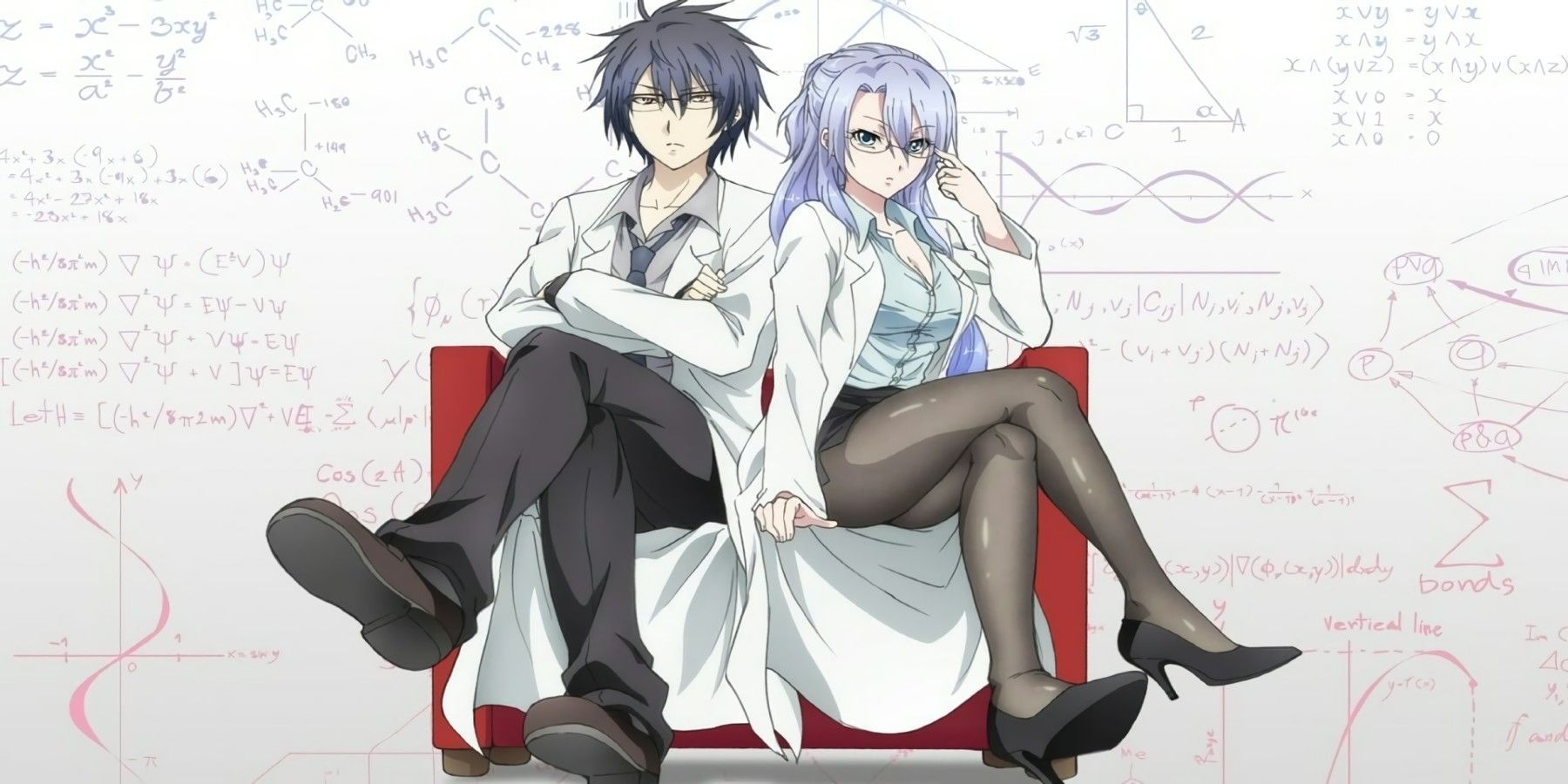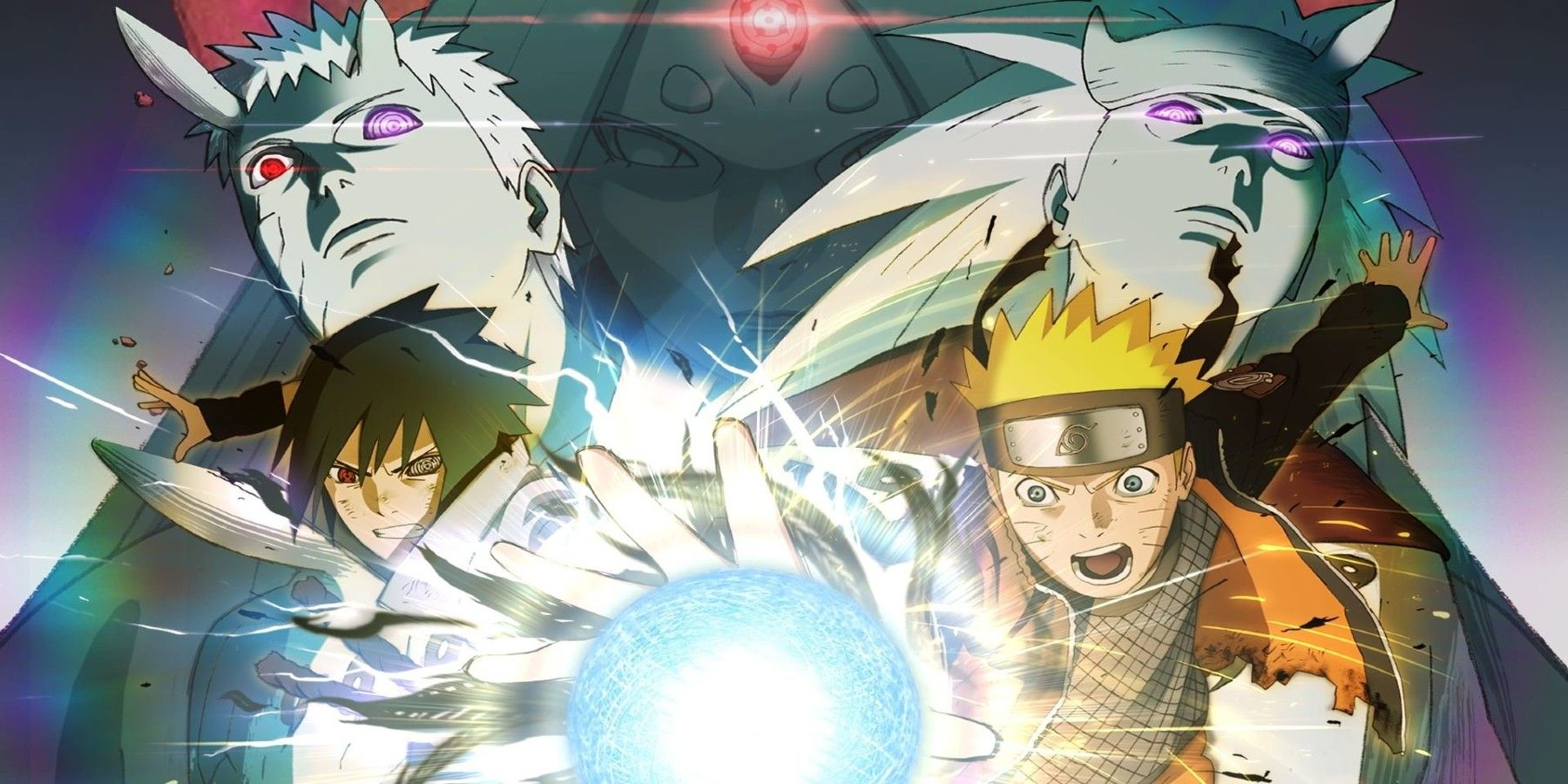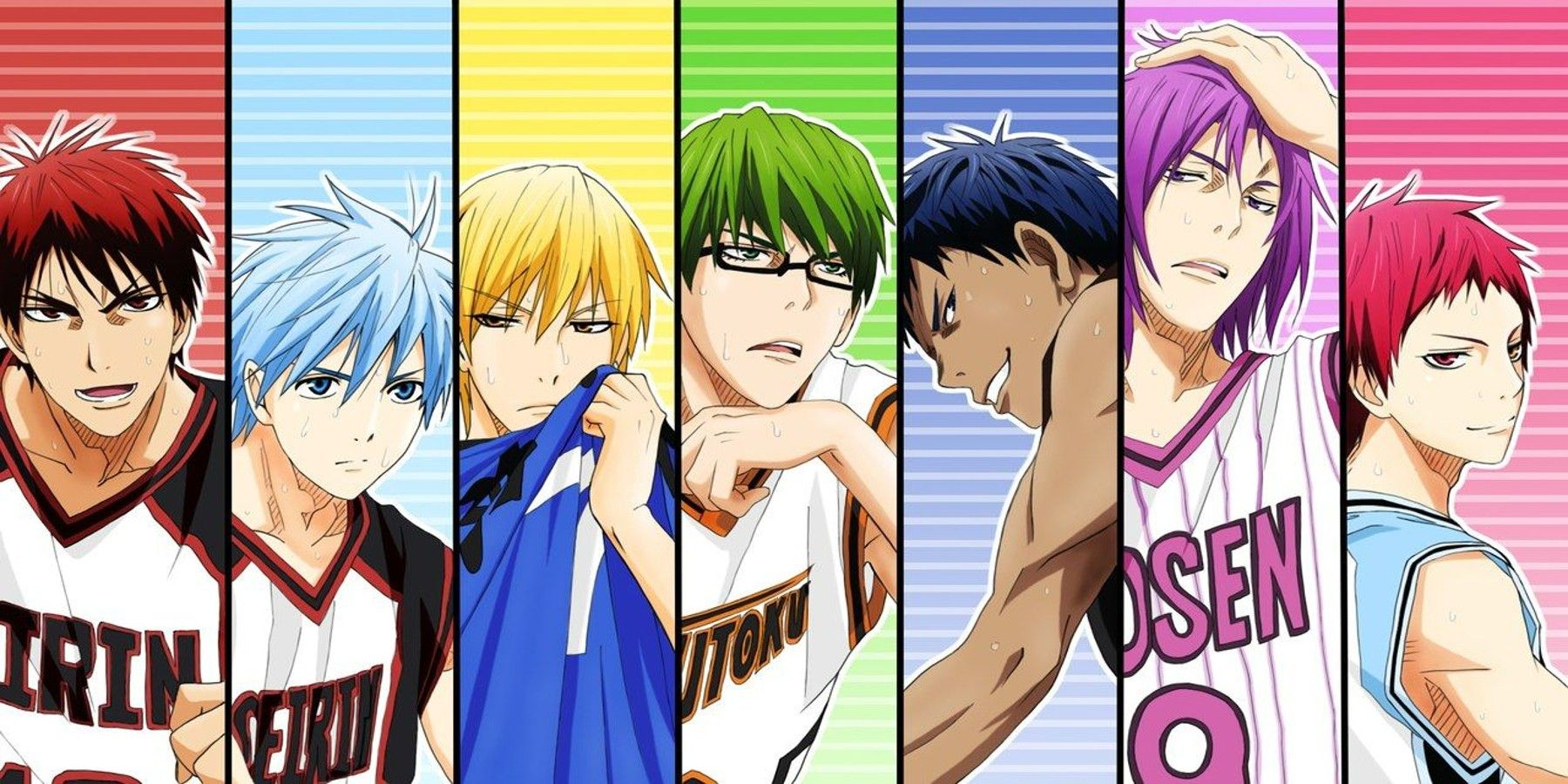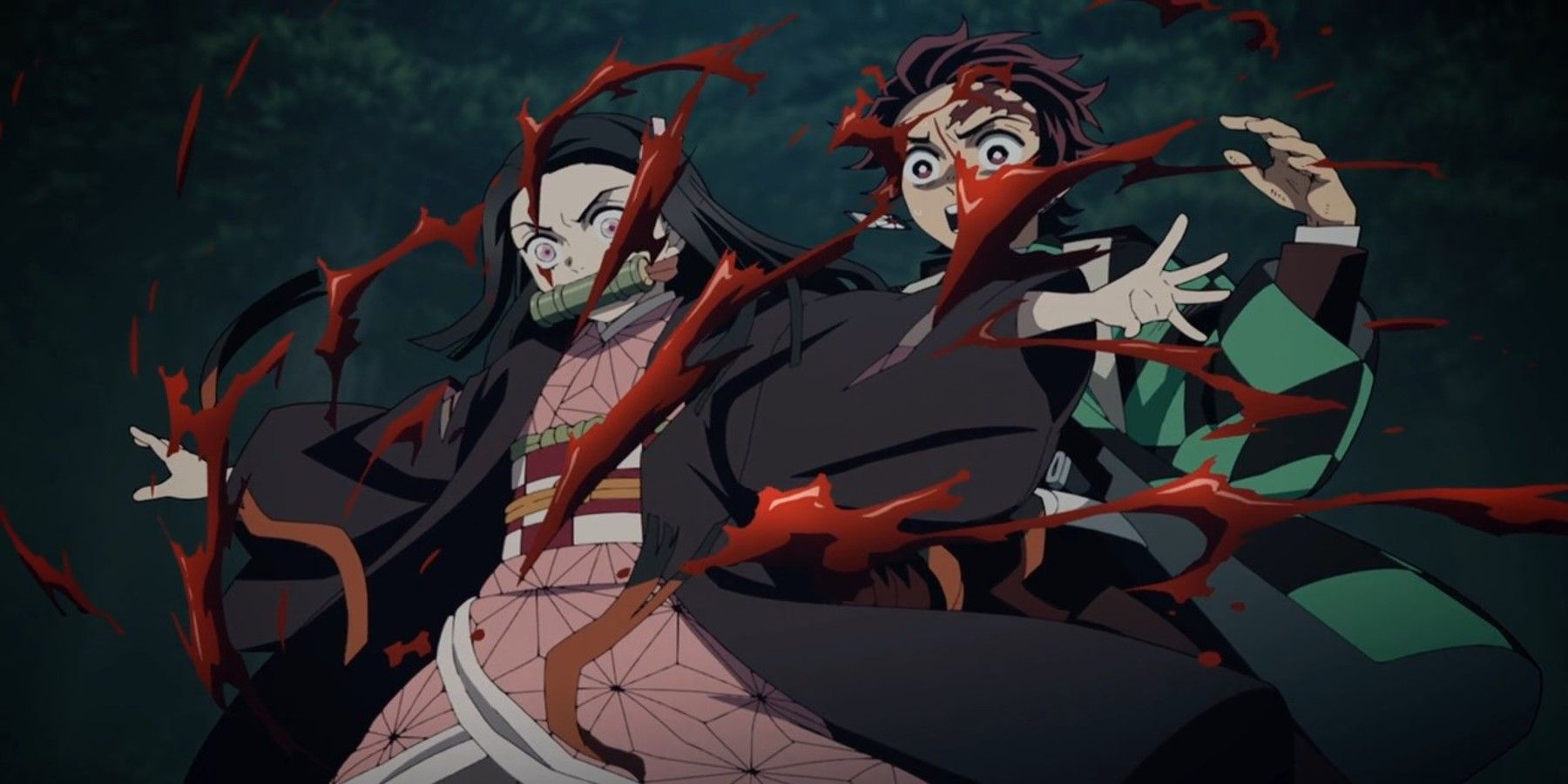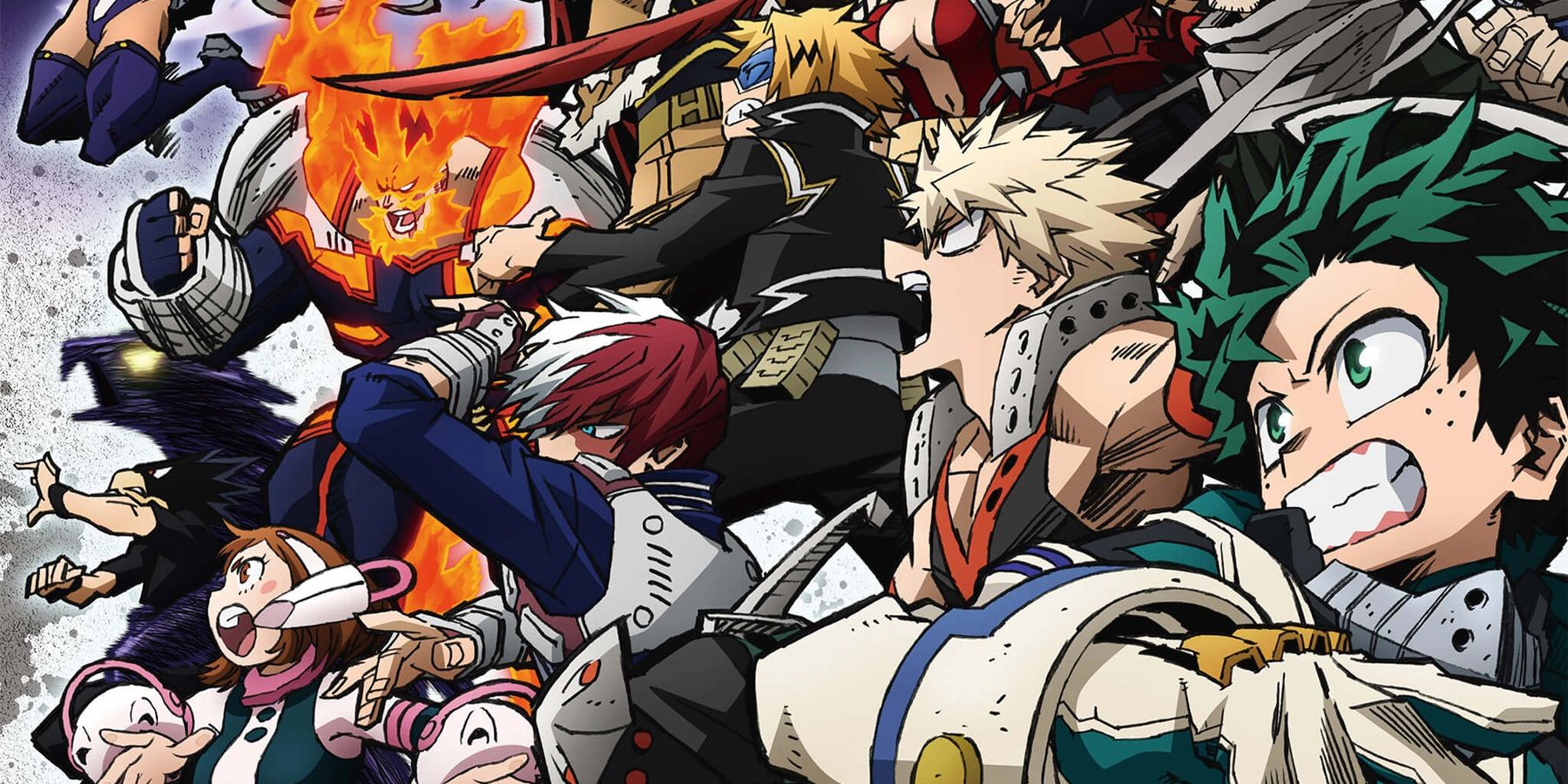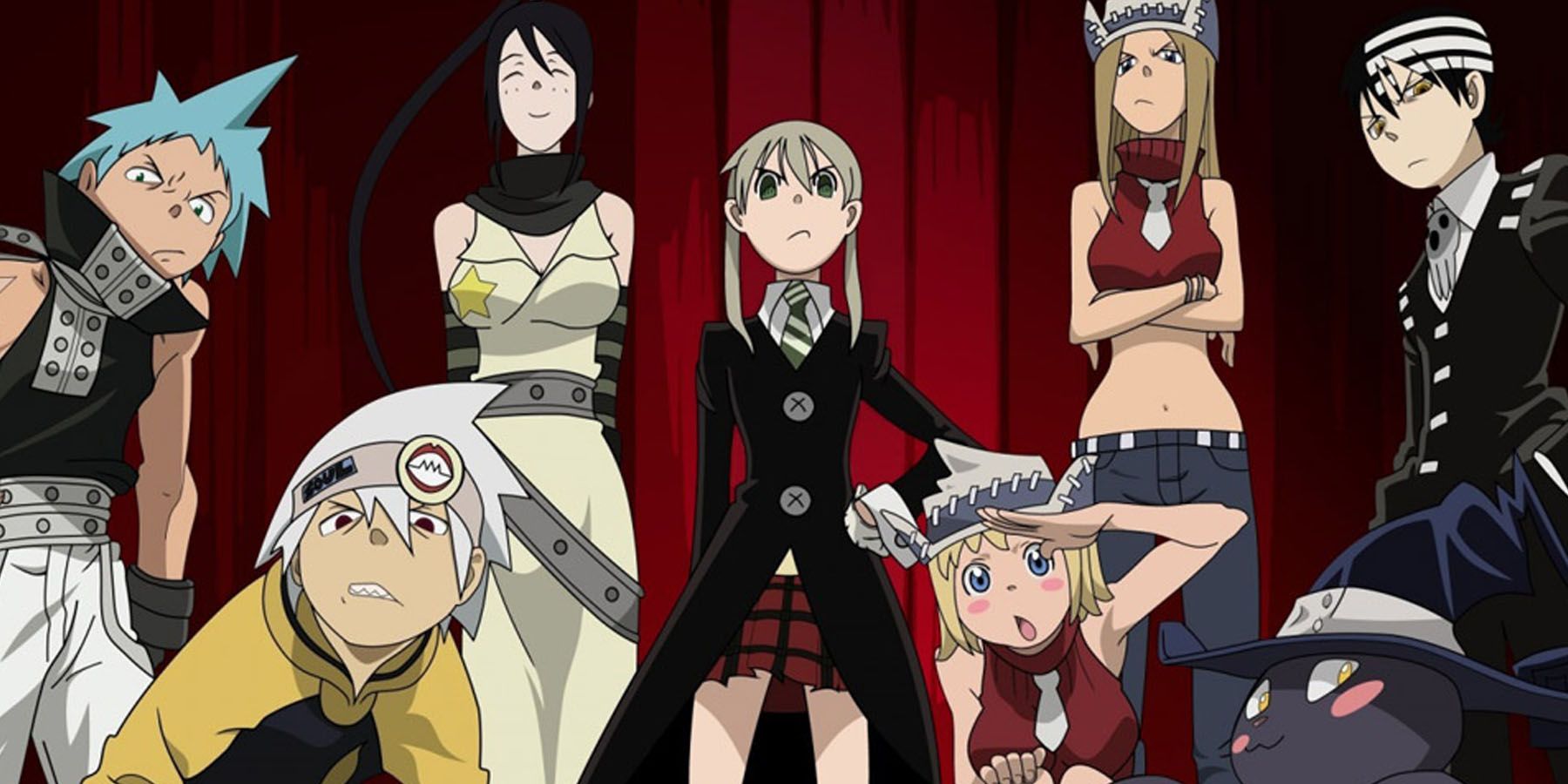Primarily featured in the shōnen genre, the power of friendship trope allows characters to exceed their limits and defeat their enemies no matter how unbeatable they are set up in a series to be. This gift of invincibility is given mostly to the main characters of a series and progresses the plot in a fashion favorable to the good guys in the story. Whether it be Naruto in the Naruto franchise, Tanjiro in the Demon Slayer franchise, or Natsu in the Fairy Tail franchise, these shōnen protagonists are a head above the rest and rely on the power of friendship to save the day.
This trope, however, is not unique to manga and anime. The power of friendship trope exists in a variety of media sources and genres ranging from TV comedies such as the widely-popular Friends to movie films such as Guardians of the Galaxy. This focus on friendships can be linked to human nature, as humans are social beings. Due to this fact, it is no surprise that there are shows that use this trope as a means to reach their audience. Whether the audience connects due to their experience with good or bad relationships, this is a reoccurring theme throughout TV, movie, anime, manga, video games, and comic book history.
The Science Behind the Strength
The power of friendship used as a Deus ex Machina in many anime series is based on real-world anatomical principles. Tapping into a power source called hysterical strength, there are tons of stories of people who, when dealing with a life-or-death scenario, are reported as performing superhuman acts of nature. While these acts can't be replicated in a laboratory experiment, hysterical strength should not be dismissed as a mere urban legend.
According to BBC News, there are multiple stories that fit the bill:
In 2012, Lauren Kornacki, a 22-year-old woman in Glen Allen, Virginia, raised a BMW 525i off her father when the car toppled from a jack. Seven years earlier, a man named Tom Boyle hoisted a Chevy Camaro, freeing a trapped cyclist in Tucson, Arizona. The events don't always involve vehicles, like when Lydia Angyiou went toe-to-toe with a polar bear in northern Quebec to protect her son and his friends while they played hockey.
According to Healthline, adrenaline is one cause but not the only one. For example, the human body has limitation devices that regulate how much strength can be drawn from the muscles at any time without damaging them. Pain and fatigue are two of these devices that deter even the fittest athletes from stressing their bodies further. During a workout, for example, an athlete may hypothetically draw an average of 60% and a maximum of 80% of the strength gained through muscle mass. Another factor would be motivation, as it is a more significant factor than is normally assumed to access the levels of strength necessary to enter into the range of hysterical strength.
The fight-or-flight response which incorporates adrenaline in the process also plays a part in stimulating hysterical strength. The amygdala activates the hypothalamus which then releases chemicals such as adrenaline and cortisol speeding up heart rate and lung capacity which then provides additional oxygen flow to the muscles. Endorphins are also released during the process and lessen the pain from the action. With the temporary boost in strength from the fight-or-flight response with the other side effects of hysterical strength, the human body pushes past its limits.
The Naruto Franchise
The Naruto franchise is well-known for the overuse of this trope. As a ninja trained in The Village Hidden in the Leaves, Naruto is several times stronger than an average human should be. Assuming that he, like other humans, can't access his maximum muscle strength during his daily life, it shouldn't be a surprise that he exhibits superhuman strength in times of extreme duress.
Throughout the series, Naruto defeats countless opponents much stronger than him including Pain, Obito, and Kaguya. Although not always fighting the enemies alone, what else could explain his eventual wins against his enemies who range from powerful Uchiha members to god-like aliens?
One thing to note about Naruto's most difficult battles was that many of them didn't end in physical fighting. The power of friendship in the Naruto franchise was not only used in a physical form but also in a verbal form. As aforementioned, in the case of Pain and Obito, Naruto spoke with them desperately trying to amend their crooked ways. Eventually, Naruto is able to break through to them and win the moral battle by connecting his friendships to their own.
Kurama, known as the Nine-Tails, was an example of Naruto's greatest victory using the power of friendship. Sealed in his body at birth, Kurama bore hatred towards humans. However, ever so slowly, Naruto reformed Kurama's way of thinking, and a new friendship was born. As seen in Boruto, when Naruto fights Delta, she targets his children. Due to the fact that Delta ignored Naruto's warning, he ramped up his power and attacked her at full force. One of the observers of the fight commented that Naruto fights at his best when protecting the people he loves.
Kuroko's Basketball
The main conflict of Kuroko's Basketball is centered on this trope. Whether it is Kagami's Zone or Kuroko's Direct Drive Zone, the power of friendship plays a key role. Multiple times throughout the three seasons, it is noted that Kagami can only enter the Zone when he's focused on fighting for the team. Likewise, the Direct Drive Zone that Aomine couldn't enter due to his lone-wolf attitude is achieved through Seirin High's teamwork, specifically Kagami diving deeper into the Zone to reach the Zone Beyond the Zone.
Running in contrast to this trope, many anime series will create antagonists or enemies who openly dismiss the power of friendship for personal power. Seijuro Akashi serves as the premier example of this trope, as he believes that he is the ultimate power and that everything he says is the law. One by one, however, the Generation of Miracles drastically changes their selfish mindsets after being defeated by Kuroko's style of basketball at Seirin High. As sports anime tend to highlight fast-paced games and high-stakes environments, the power of friendship easily fits into the story.
Demon Slayer
While Demon Slayer is a highly-acclaimed series with many original features, it still falls into the trap of this trope. The power of friendship not so surprisingly also extends to family members as is highlighted in this show. The unbreakable bond between Tanjiro, the main character, and Nezuko, his demon sister, serves as the backbone of the story. Whether it's Tanjiro or Nezuko in danger, both are shown to surpass their physical limits to support each other. The same could be said when Inosuke and Zenitsu face danger, as the Demon Slayer trio form a brotherly bond.
In the first season, Tanjiro defeats countless powerful demons who severely outrank him. With the promise to protect his family and the tenacity to fight to the bitter end, he is able to win against any enemy that attacks him including The Demon Hand from the Selection Test and the members of the Spider Family near the end of the season.
In the Demon Slayer: Mugen Train movie, with the assistance of Inosuke, he is able to decapitate Enmu, one of the Twelve Demon Moons, and injure Akaza, the third-strongest member of the Twelve Demon Moons, after he finishes his fight with the Flame Hashira, Kyojuro Rengoku.
In the second season, along with Nezuko, Inosuke, Zenitsu, and Tengen, he is able to defeat Gyutaro, an Upper Rank Six member of the Twelve Demon Moons, and his sister, Daki. During this season as well, Nezuko is a user of the power of friendship, as she transforms into her demon state in order to save Tanjiro. This state, as revealed in the anime, apparently is on par with the Twelve Moon Demons. She is a special demon who is able to retain a semblance of her humanity, as she perceives every human as a member of her family.
My Hero Academia
My Hero Academia, a show about superheroes, contains two characters who embody this trope on a literal level. All For One is the name of the main antagonist who possesses a Quirk that allows him to steal other Quirks. Like in Kuroko's Basketball, the antagonist acts as a contrast to the power of friendship trope.
One For All, on the other hand, is a power that is the exact embodiment of the power of friendship. Passed down from generation to generation, the One For All Quirk, while powerless for the original holder, grows stronger and stronger over time. Each hero that it is passed down to offers up his own Quirk to be entrusted to the future generation.
By the time the power is passed down to Izuku Midoriya, One For All is at peak performance. Since this power is based on a principle of trust and cooperation, the series shows Midoriya accessing it during times when he wants to protect someone. For example, in Season 5, Episode 10, That Which Is Inherited, Midoriya battles against Neito, a student with the Copy Quirk, who openly provokes him by badmouthing Bakugo and blaming him for the death of the Symbol of Peace, All Might. Desperately defending Bakugo's name, he unlocks the black whip from his predecessor for the first time.
Likewise, in Season 3, Episode 5, Drive It Home, Iron Fist!!!, Goto Imasuji, known as Muscular, along with other members of The League of Villains, attacks the U.A. students at their training camp. Although Midoriya is severely injured while fighting Muscular, he stands back up to save Kota Izumi, a young boy who hates Quirks and heroes. With the urge to rescue Kota, he apparently accesses 1,000,000% of One For All's power which his body can't handle.
Soul Eater
Probably one of the most infuriating endings of any anime series was the 2008 adaptation of Soul Eater. In the final fight scene between Maka and Asura, she defeats him with a single punch. While weak in power, apparently it was filled with courage and strength gained by her friends and by her own belief in herself.
Asura, a mass of paranoia and distrust, is defeated by this attack and explodes into chunks. While this may pass as a metaphor for defeating fear with courage, Asura was not an enemy that could easily be taken down with such a measly method. He was built up to be an epic final boss of the much-beloved series but turned out to be killed off in such a lackluster manner.
Source(s): Healthline, BBC, Fact/Myth, & TVTropes.

